CREATE VALUE THROUGH M&A: PRACTICAL PERSPECTIVES
Année du cours : 1 année(s)
Etablissement : IÉSEG School of Management
Langue : English
Formation(s) dans laquelle/lesquelles le cours apparait :
Période : S2
Corporate Finance
Valuation
At the end of the course, the students should be able to:
– define clearly the players, the drivers, and the recent evolutions of the M&A market;
– understand the acquisition process (from the definition of an acquisition strategy to the execution of the transaction)
– understand how to define a good or a bad target / deal;
– master the main practical tools required for such a process;
– get practical comfort on how to execute an M&A deal and how to put together an ‘’investment committee’’ paper;
– understand the required post-deal workstreams (such as the 100-day plan definition);
– understand the exit options and provide thoughts on future evolutions.
The course will not focus on typical aspects of strategic M&A (valuation fundamentals, synergies analysis, payment methods review, M&A event / market reaction…) but will rather focus on practical perspectives, from professionals of a private equity fund and of an industrial company. This should bring to the students (i) agile know-how from the ground and (ii) practical tools / best practices in M&A for future internships / jobs both in investment banks, corporates, and PE funds.
This course shall not be a general knowledge conference, but rather a dedicated and practical work on key aspects of M&A by private equity funds and strategic corporates. Pedagogic approach shall require personal implications and intellectual curiosity from students.
The course will be structured as follows:
– Introduction: goals and methods of course, rationale of doing M&A, sourcing
– Appraisal of a target, approach strategies and business modelling
– Deal Execution (1/2): structuration, due diligence
– Deal Execution (2/2): financial, tax and legal aspects of M&A
– Practical tools and best practices regarding work in the M&A sector with emphasis on a private equity fund
– Post-Deal Monitoring and exit strategies


